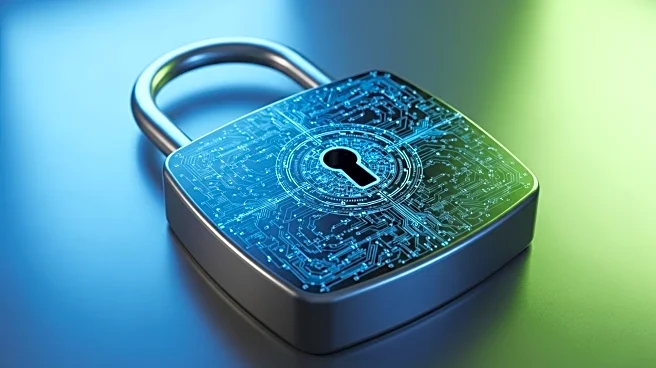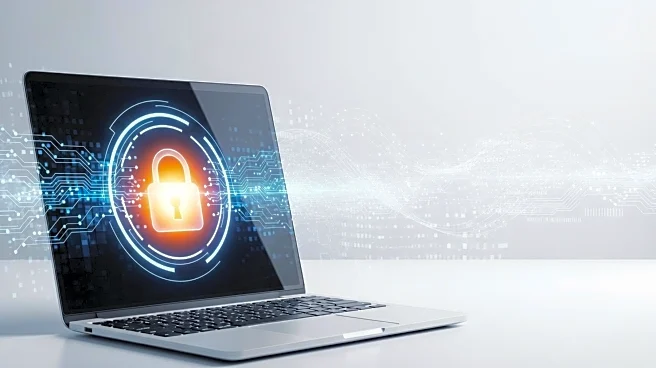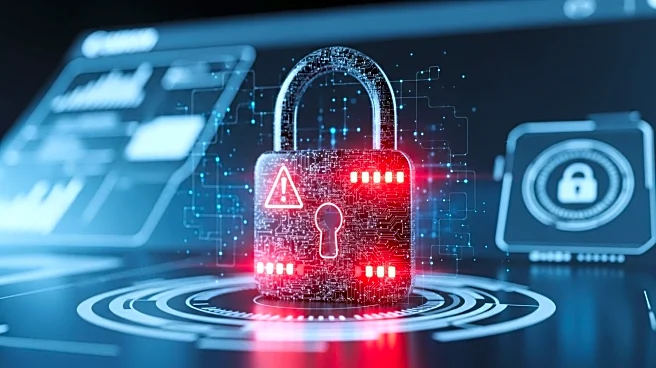What's Happening?
Deutsche Telekom has initiated a bug bounty program, enlisting ethical hackers to identify vulnerabilities in its 5G infrastructure. The program, conducted in collaboration with T-Mobile, involved nine hackers who were given access to a private 5G standalone network. The initiative aimed to test the security of 5G equipment used in campus network scenarios and apply findings to the public 5G infrastructure. The hackers were tasked with finding vulnerabilities across physical, remote, and antenna attack vectors. Although specific weaknesses were not disclosed, the hackers managed to disrupt services, but also noted the effectiveness of the equipment supplier's security measures.
Why It's Important?
This initiative underscores the growing importance of cybersecurity in telecommunications, especially as 5G networks become more prevalent. By identifying and addressing vulnerabilities, Deutsche Telekom aims to enhance the security of its infrastructure, protecting against potential cyber threats. The collaboration with T-Mobile highlights a proactive approach to cybersecurity, which is crucial given the increasing sophistication of cyber-attacks, including those from nation-state actors. The program also reflects a broader industry trend towards using ethical hacking to bolster security measures.
What's Next?
Deutsche Telekom plans to continue its bug bounty program, potentially expanding collaboration with other telcos. The findings from the current program will be used to improve security measures across its network. As cyber threats evolve, the company is likely to increase its focus on sophisticated attack scenarios and pressure testing. This ongoing effort is expected to contribute to a more resilient telecommunications infrastructure, safeguarding against future threats.
Beyond the Headlines
The bug bounty program represents a shift towards more open and collaborative security practices in the telecom industry. By engaging ethical hackers, Deutsche Telekom is not only improving its security posture but also fostering a culture of transparency and innovation. This approach may set a precedent for other companies, encouraging them to adopt similar strategies to address cybersecurity challenges.











